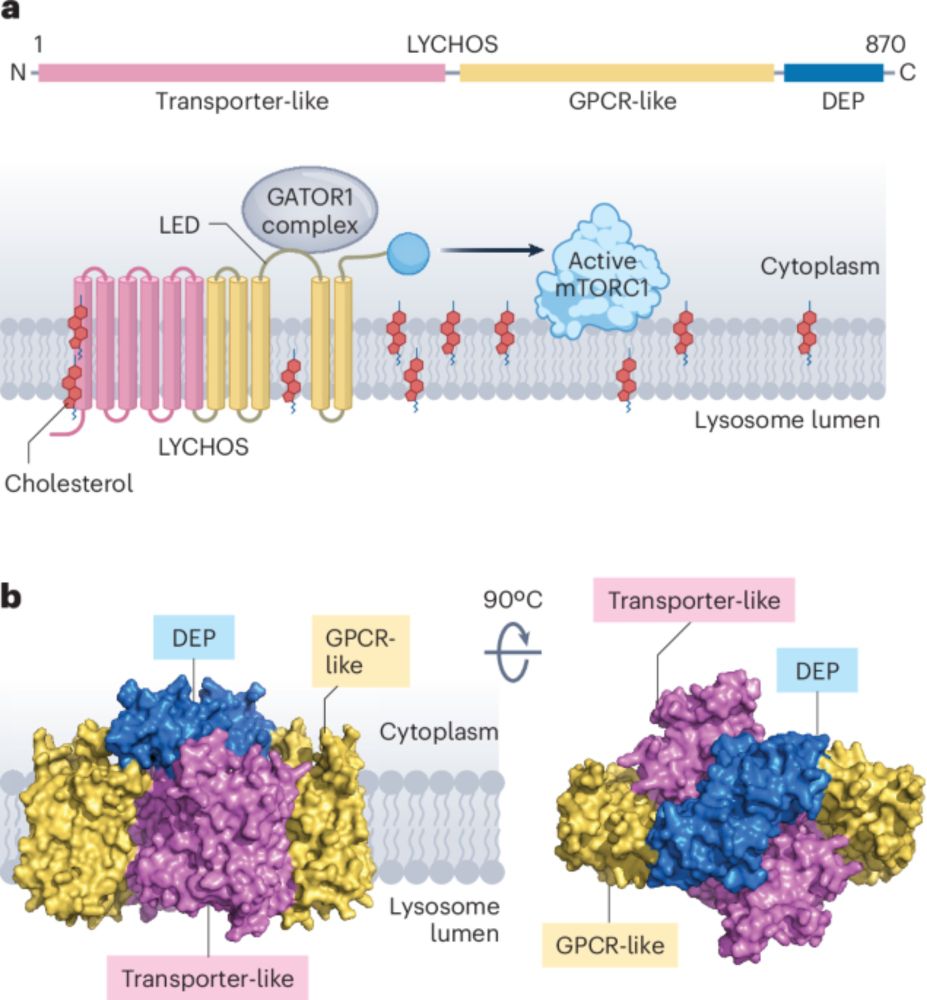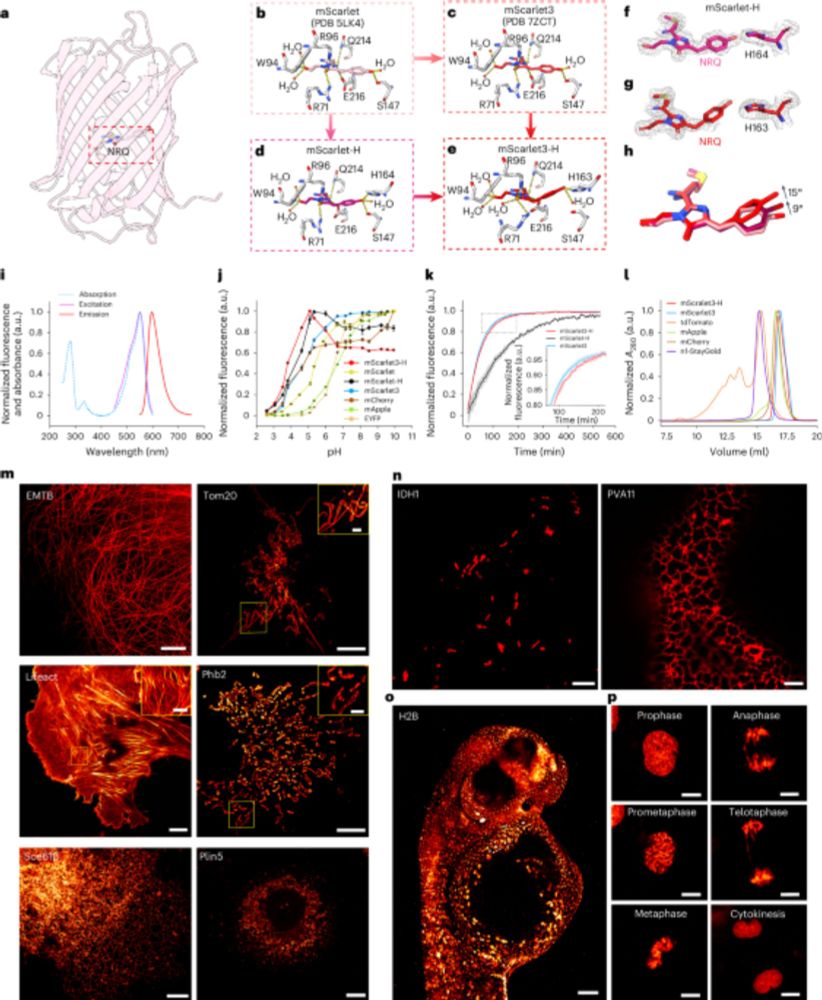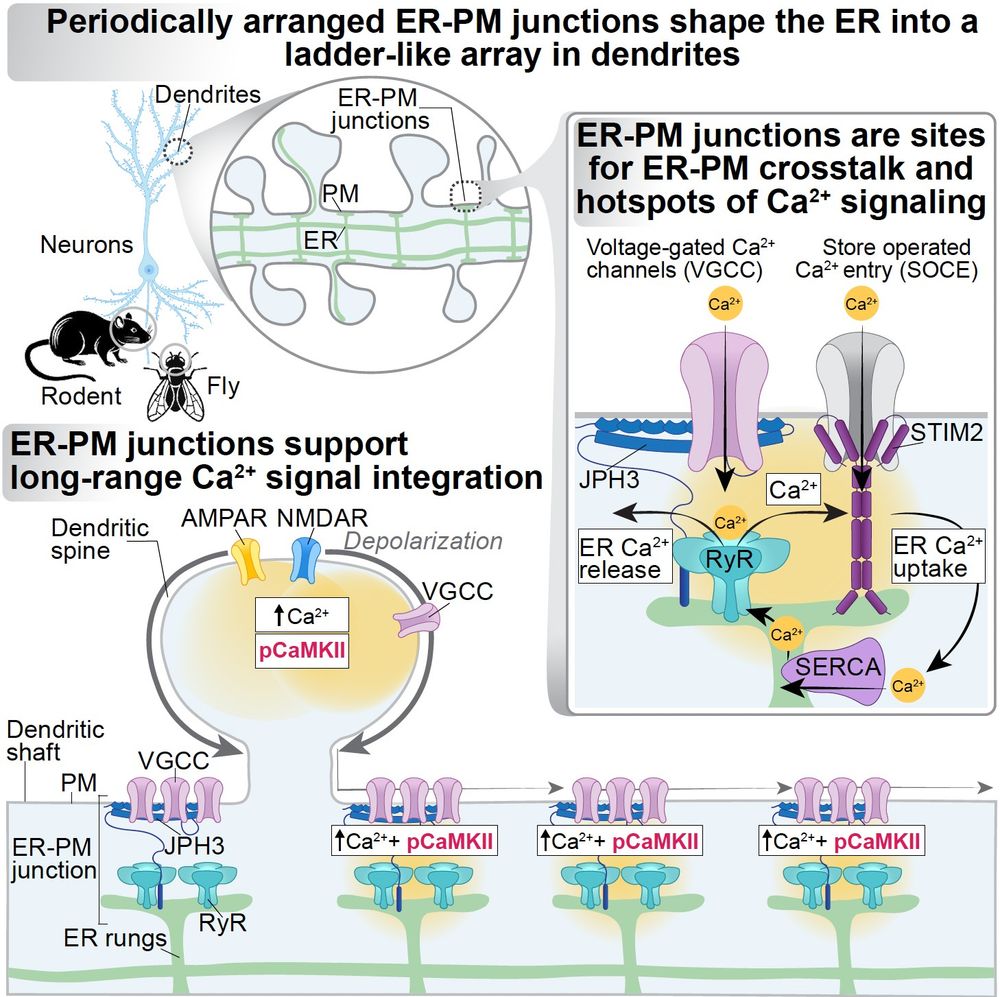So does your dopaminergic synapse! 😎🧠
Our new Trends in Neurosciences review dives into the non-classical side of dopamine signaling, notably the tools reshaping how we see it (CLEM, cryo-CLEM, serial EM + more).

So does your dopaminergic synapse! 😎🧠
Our new Trends in Neurosciences review dives into the non-classical side of dopamine signaling, notably the tools reshaping how we see it (CLEM, cryo-CLEM, serial EM + more).

journals.plos.org/plosbiology/...

journals.plos.org/plosbiology/...
journals.plos.org/plosbiology/...

journals.plos.org/plosbiology/...
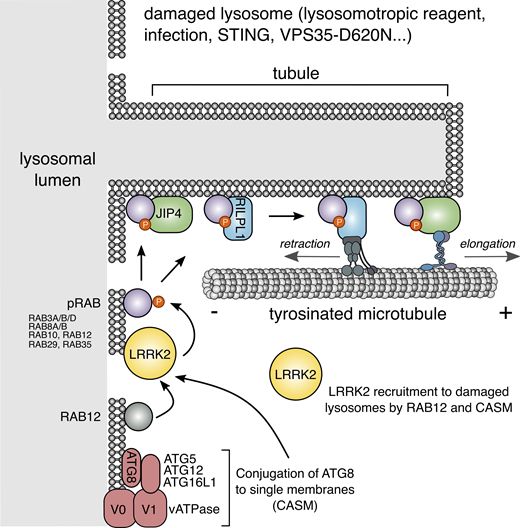
The Neurolipid Atlas: a lipidomics resource for neurodegenerative diseases
lnkd.in/eVzFrmUY
Check out our open-access platform chock-full with iPSC- and 🧠 lipidomics data (www.neurolipidatlas.com).
The Neurolipid Atlas: a lipidomics resource for neurodegenerative diseases
lnkd.in/eVzFrmUY
Check out our open-access platform chock-full with iPSC- and 🧠 lipidomics data (www.neurolipidatlas.com).


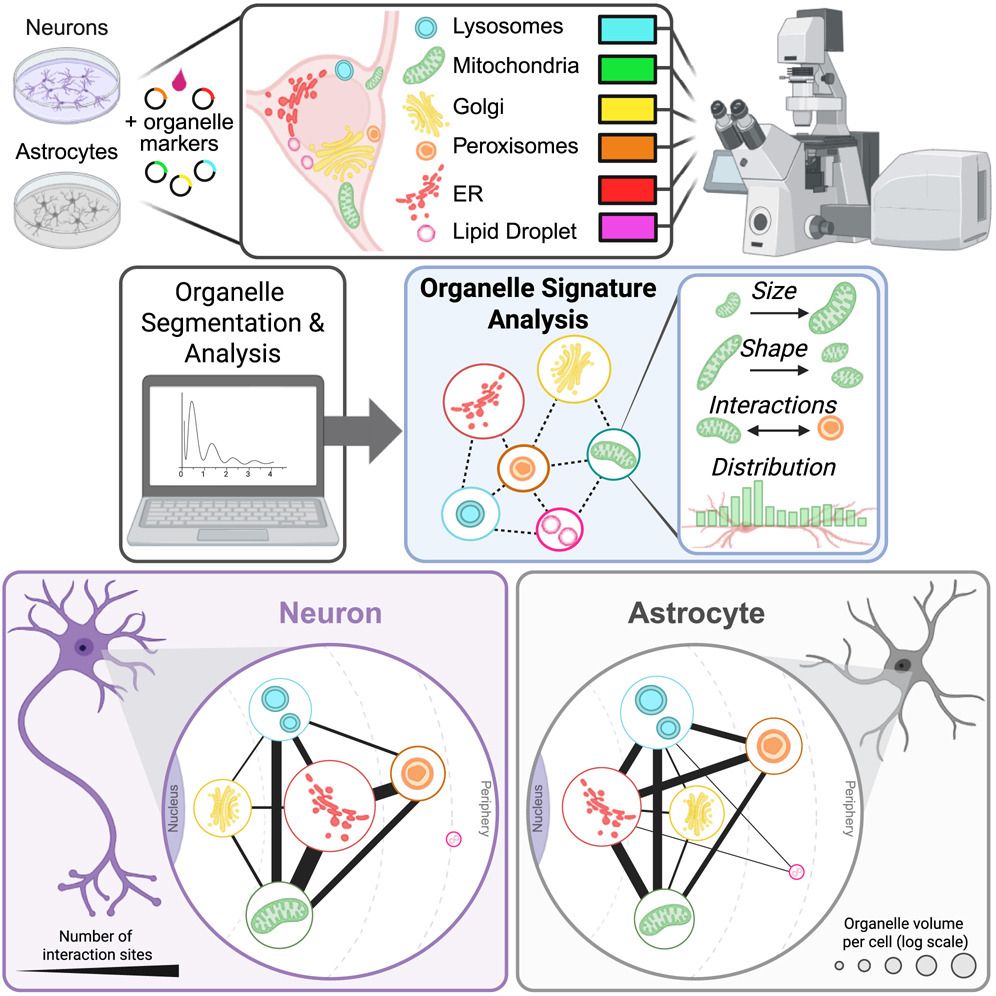
🔗 Learn how this resource accelerates discovery and supports drug development: bit.ly/4njfGfM
🔗 Learn how this resource accelerates discovery and supports drug development: bit.ly/4njfGfM
@mike-hanna.bsky.social et al, @pdc-lab.bsky.social
www.embopress.org/doi/full/10....


Ready to lead your own lab? NTU Singapore's Nanyang Assistant Professorship offers a 100% paid salary & a S$2.75M start-up. We're visiting the US this Sept to recruit top talent. Meet us in NYC, Boston & more! #FacultyJobs #TenureTrack
Register 👇 www.cognitoforms.com/Ntu18/NTUSin...

Ready to lead your own lab? NTU Singapore's Nanyang Assistant Professorship offers a 100% paid salary & a S$2.75M start-up. We're visiting the US this Sept to recruit top talent. Meet us in NYC, Boston & more! #FacultyJobs #TenureTrack
Register 👇 www.cognitoforms.com/Ntu18/NTUSin...

Ben developed a color-coded Open Science compliance manual that makes ASAP policies easier to navigate and apply. Thank you for raising the bar for #OpenScience, Ben!
Check out the manual: bit.ly/46DuL6R

Ben developed a color-coded Open Science compliance manual that makes ASAP policies easier to navigate and apply. Thank you for raising the bar for #OpenScience, Ben!
Check out the manual: bit.ly/46DuL6R
ever wonder how does the IMC grow so fast during progeny formation? Where do all the lipids come from? In our latest work on malaria RBC stages we implicate this monster protein (~6000 residues!) and ER contact sites.
Happy+proud to share and keen to hear thoughts!
ever wonder how does the IMC grow so fast during progeny formation? Where do all the lipids come from? In our latest work on malaria RBC stages we implicate this monster protein (~6000 residues!) and ER contact sites.
Happy+proud to share and keen to hear thoughts!

This event is open to all Yale affiliates, and a reception will follow.

This event is open to all Yale affiliates, and a reception will follow.

